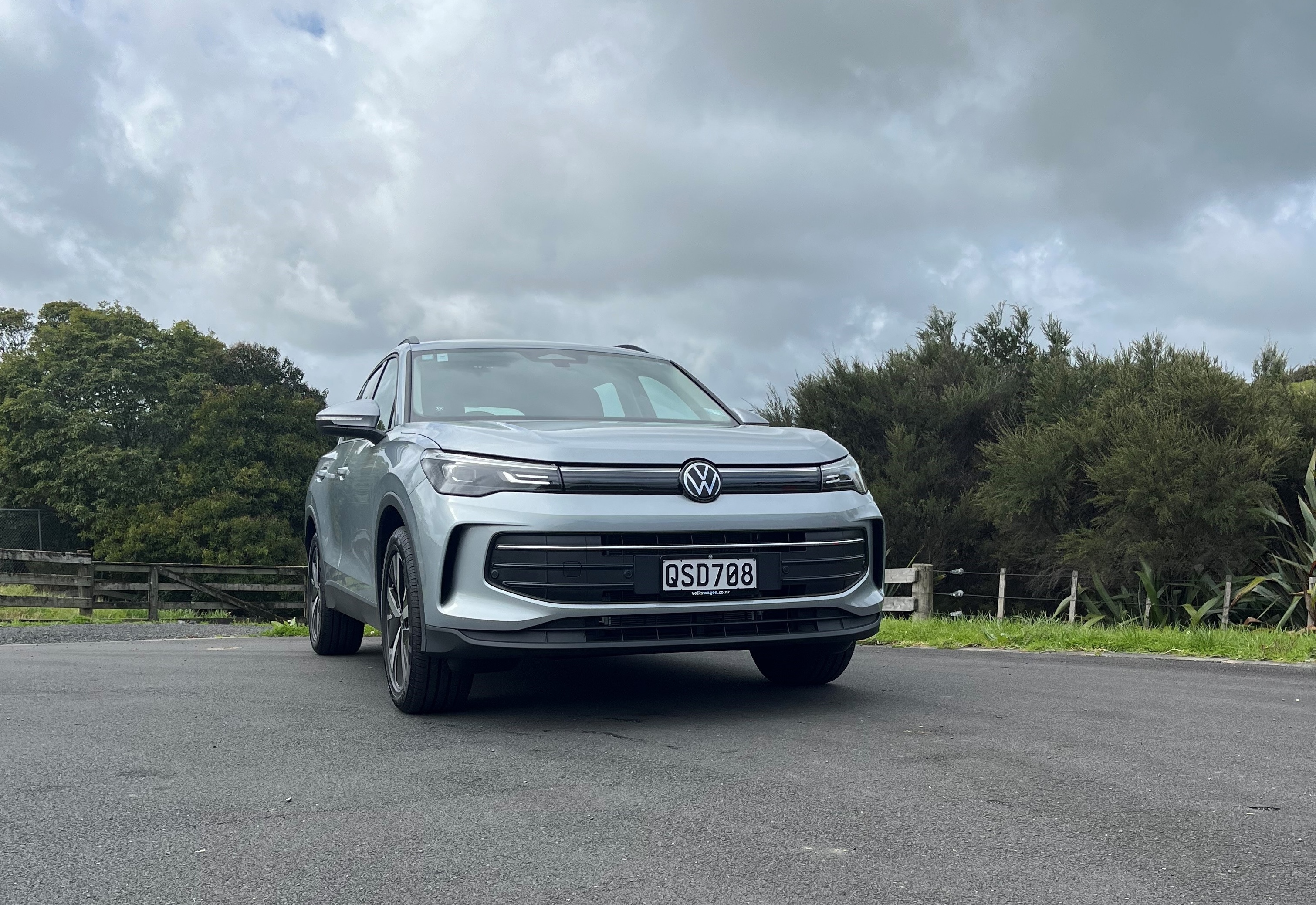
2024 Volkswagen Tiguan
The Volkswagen Tiguan is back and better than ever.
16 April 2024

In Greek mythology, the Gods gave Pandora a box that was never to be opened for fear of what lurked inside. Pandora, who could not tame her curiosity, opened the box and all manner of hardships came out.
Thankfully, the GWM Ora GT didn’t surprise us with any hardships per say, but there were a few things that made us go “hmm”. More on that later.
The GWM Ora was launched in New Zealand last March by Great Wall Motors (hence the GWM badge). The Standard Range model entered the market as New Zealand’s lowest-price EV at $42,990. If you were an early adopter and purchased one in 2023, the (now defunct) Clean Car Discount applied. That meant drive away pricing was a smidgen over $36,000 including on-road costs. Cheap as a cheap thing.
Retail pricing in New Zealand is currently still $42,990 plus on roads for the standard range. Unfortunately, there is no longer a subsidy, but the Ora is still New Zealand’s lowest priced EV. The next best deal is the MG 4 Excite 51, which will set you back an extra $4,000 at $46,990 plus on roads.
Kiwis love a bargain! A total of 442 Oras were sold in 2023, or around 50 per month since launch. Decent enough numbers, you would think, although the slightly more expensive MG 4 sold 1,794 units over a shorter period (around 358 per month).
Ora is an acronym for Open, Reliable and Alternative. But the brand pays homage to Leonhard Euler, a famous Swiss mathematician born in 1707. Why? Because who doesn’t love trigonometry, right? Not quite. The Ora folks tell us that mathematics is the core premise of auto design. OK, that adds up.
There are four models in the Ora line-up, with pricing ranging from $42,990 to $58,990 for the flagship GT model, which is the one we got to test drive. All models carry a five-star ANCAP safety rating and include a seven-year warranty.
The entire model range is packed with features, but the GT version ups the cool factor. Added extras include a sports grille and bumper, red brake callipers, panoramic sunroof and massage front seats with heating and ventilation.
The GT may look fast, but power across the range is the same no matter which model you choose. All Oras are rated at 126kW, 250NM and 0-100km is stated as 8.3 seconds.
The overall design feels like what you would get if you asked an AI bot to come up with a contemporary city car with a nostalgic vibe. The bot would scour through automobile history and Frankenstein together a mish-mash of retro-ness: bits of Mini, Nissan Micra, Porsche and Fiat 500 are crossed with a hard-boiled egg. The end result may trigger a bit of automotive- déjà vu, but it melds together well in both form and function. And it’s fun to play 'spot the car body part'.
The interior follows a similar path, with plenty of throwbacks to other retro cars. The fauxleather quilted seats look great but could do with more bolstering for those of us with questionable posture. The massaging function is a nice touch, although accessing the controls via the A/C menu took a while to work out. Storage is plentiful, as is headroom and legroom in the back. The underfloor battery gives the driving position a slightly elevated feel. Overall, the interior has some nice touches and gets a tick of approval.
The Ora drives like it looks. It’s lively, responsive and feels light on the road. Instant torque means the front wheels struggle for traction off the mark (until traction control kicks in). Once it’s up and away the ride is smooth and relaxed. It’s agile enough in the corners to maintain driver confidence, but don’t expect hot hatch performance as the tall stance can induce slight body roll.
Regenerative and one-pedal braking is becoming an anchor feature for most EVs. The Ora doesn’t disappoint with four modes available, however the controls are buried in the touchscreen menu limiting the ability to adjust on the fly. Another small gripe is the lack of a rear window wiper, which you would think would be a non-negotiable for a hatchback these days.
So, what about those things that make you go 'hmmm'?
Ora disconnected my phone from the infotainment system more times than could be considered polite. Apple Car Play? Forget about it. Halfway through my journey, the ‘maps’ screen that I was relying on for directions blanked out and was replaced by a picture of an empty cardboard box. Pandora’s box was literally manifesting before my eyes.
The on-screen caption below the box read “map of the area not available.” At this point I was totally lost in suburbia while a spinning wheel was desperately trying to reconnect with my phone. Amidst the plethora of failed attempts, the system miraculously received an incoming call. But moments later, I was unceremoniously cut off. Pandora, you win.
There were other curious happenings, too. Lane Keep Assist was hyperactive, as was the sensitive indicator stalk. Exert the wrong amount of pressure and you risk playing left-to-right indicator yo-yo. Also, the haptic buttons (tactile touch sensitive controls on the steering wheel) are a nice gimmick, but after several failed volume control attempts, I was longing for the old-fashioned analogue variety.
Software glitches in EVs are not uncommon and can usually be sorted with over the air updates. Hopefully, some are coming to this Ora soon.
The Verdict
Tech glitches aside, the mathematically-inspired Ora adds up and equals a credible proposition based on price, range and features. However, at a higher price point, the GT version will be a tougher sell as competitors offer more compelling options.